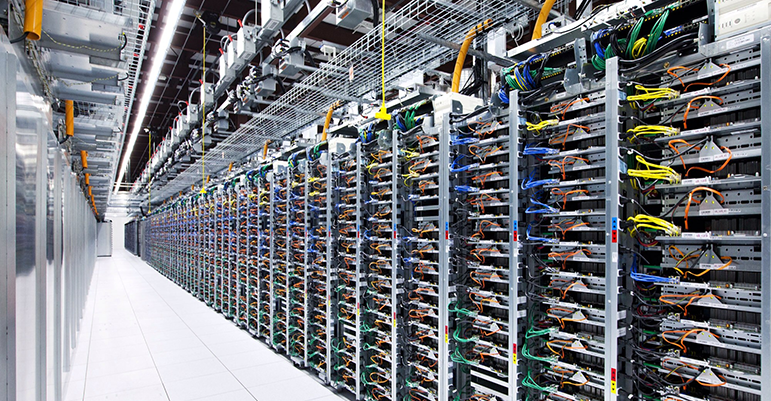HVAC Analytics - How to Turn Data into Bottom Line Profit
The widely-quoted maxim is: “What gets measured gets improved.”
This is true in the area of HVAC system upgrades and commercial facility energy optimization as it is anywhere else: In order to effectively improve a commercial building’s energy efficiency and see real, tangible results that affect the bottom line, the hardware and software needs to work together to actively collect, analyze, and act on a tremendous amount of data.
There are various ways to go about collecting the necessary data, and analysis can range from elementary arithmetic to highly complex algorithms devised by energy engineers. But, in all cases, acting on the insights the data and analysis provides comes down to human beings - building owners, facility managers, and the HVAC professionals they trust - making smart business decisions and investing in improvements.
If your Chicago area commercial facility hasn’t been recently evaluated for energy efficiency, or if you have a deadline coming up for reporting energy usage to municipal authorities, the following steps will help you outline a plan of action for collecting, analyzing, and using data to improve your building:
Step One: Obtain an updated operational assessment
An operational assessment, performed by experienced and knowledgeable professionals, provides a solid foundation on which to build a plan for improvement.
The audit includes a review of utility bills and actual energy usage for an extended period of time, along with an analysis of historic weather conditions and other environmental or usage factors that may have affected energy usage during that period.
Learn more about an operational assessment energy audit.
A complete physical inspection of the current HVAC system components and controls is followed by a diagnostic evaluation of any software and automation being used to monitor or control the facility’s systems. Any needed software updates or technological upgrades will be noted to make sure data collection and analysis is carried out as efficiently as possible.
Finally, a comprehensive report - including recommendations for necessary improvements in order of importance - is developed to provide you with a prioritized “to do list” for energy efficiency improvements your building could use.

Step Two: Focus on improvements with maximum impact and minimal investment
The logical next step in order to put the collected data and analysis into immediate action is to target the “low hanging fruit” - improvements that require relatively small capital investments and time to implement, but that will have a profound impact on energy conservation.
For example, in a large commercial facility that uses primarily incandescent light bulbs, switching to more efficient LED bulbs can potentially save tens of thousands of dollars in energy while costing a relatively small amount to purchase and instal. Similarly, beneficial actions might include behavioral modification (like enforcing a “lights out” and “computers off” policy at the end of the work day) or replacing existing appliances and office equipment with Energy Star-rated equivalents.
Raising the cooling temperature or lowering the heating temperature facility-wide by as little as one or two degrees can also have a significant and immediate impact on energy usage without causing dramatic comfort issues.
Step Three: Continue to implement improvements in priority order
After the “low hanging fruit” is taken care of, you’ll likely be left with a list of potential improvements with varying levels of cost and return in terms of energy savings. For every proposed action item predicted to create a positive return on investment, implementation should be planned out and budgeted strategically to ensure positive ROI.
Proposed improvements that are unlikely to have enough of an impact on energy savings to justify their expense should be postponed or eliminated from the list until such a time as they can be handled at a lower cost, or circumstances give them higher priority.
By following these three simple steps, you’ll be able to effectively use the data you’re collecting to gain real business results by optimizing the energy efficiency of your HVAC system. If you have any questions about this process or want to see what options are available for your particular facility, contact our Chicago HVAC company to discuss.

